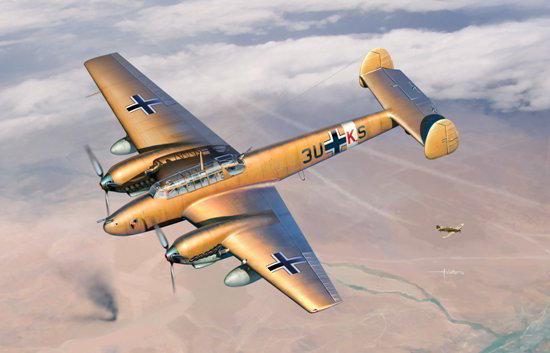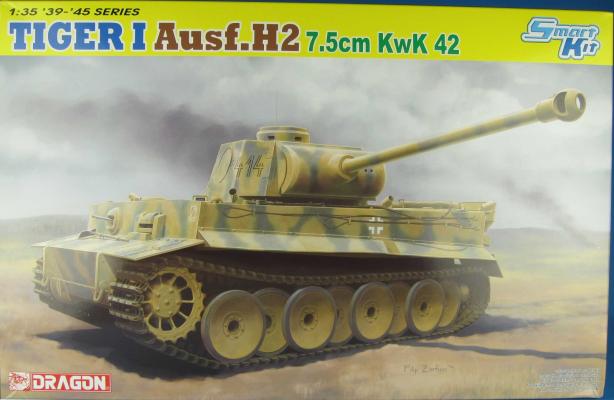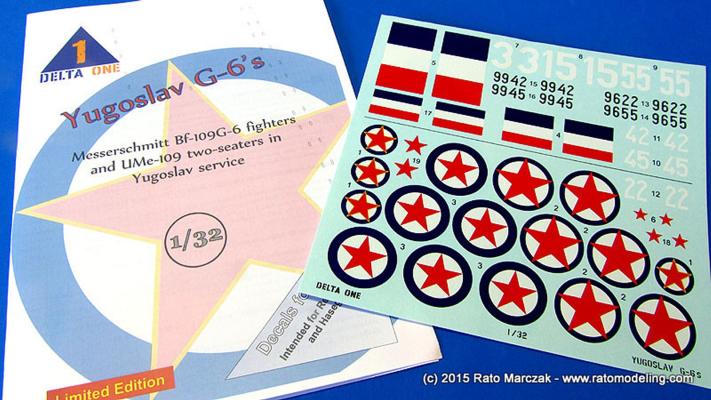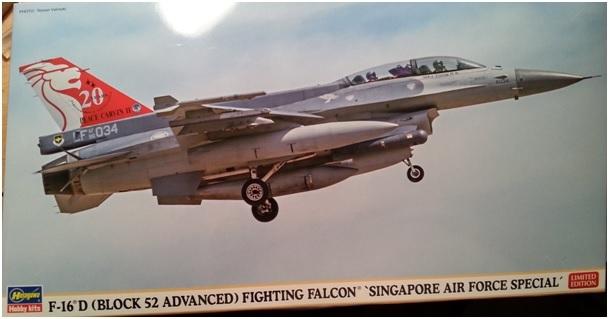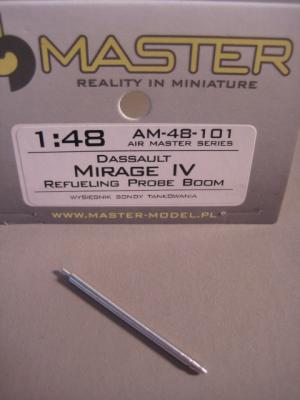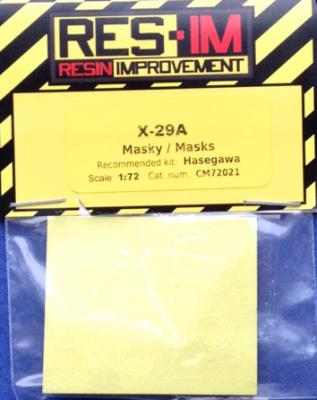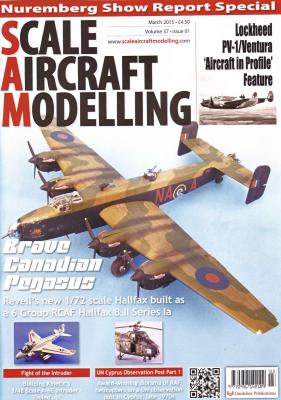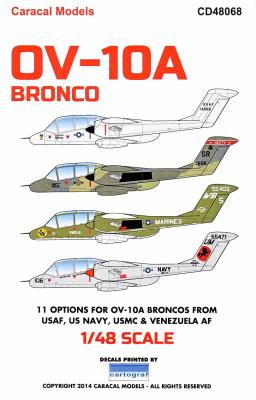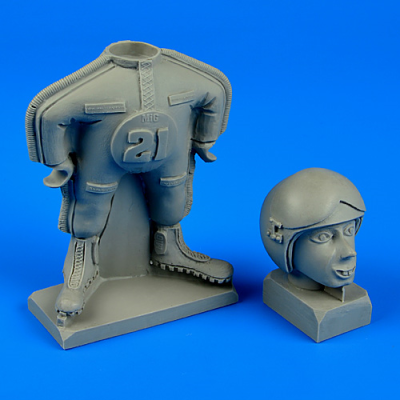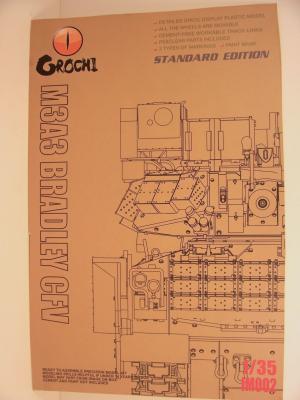Are you familiar with Japanese Puzzle boxes, sometimes called “trick boxes” or “secret boxes”? A Puzzle box is a box that can only be opened through some “obscure or complicated series of manipulations”. The boxes contain a good luck charm and are designed to trick or confuse the person attempting to open them. Some require only a handful of movements in order to slide the various parts of the box into an “open” configuration, and some require hundreds of manipulations. Indeed, Japanese Puzzle Boxes are known for their complex and challenging design but they are also known for their intricate geometric patterns and their exquisite engineering and construction.
What's New
This kit is a model of a prototype by the Henschel company.
This is a multimedia kit comprised of 420+ styrene parts, DS tracks, 4 preformed photo etched parts, and 2 preformed steel wires, and a much better set of instructions, but they still need to be reviewed carefully before gluing any parts together.
Step 1. This step is the assembly of the drive sprockets, and idler wheels. There is a lot of the rear plate that will have some material removed.
Delta One has been producing some unique decals, especially for the Bf-109. So that means that I had to check them out. This particular sheet covers the Yugoslav Air Force Bf-109s in service from 1945-53.
This sheet comes in a ziplock baggie that contains an eight page booklet with history and line drawings for the subject aircraft. There is a little history on the 109 in Yugoslavia. There is also a brief description of each aircraft including the colors and historical use.
Decals are provided for six aircraft, four G-6 aircraft and two UMe-109, which is a version of the G-12. The profiles have both side views, top view and a partial bottom view. The aircraft are interesting with some unique paint schemes. The actual decals are on 3 x 3 inch sheet. They are printed in perfect register, thin and with good color saturation.
In 1993, the 425th Fighter Squadron was reactivated to provide Singapore’s F-16 pilots with the latest weapons and tactical training. For the 20th anniversary of the training, certain Singapore Air Force F-16Ds were painted for the occasion.
There are roughly 140 parts in the kit, however some of them aren’t used, as they are spares for the different block version. The kit also comes with the additional spline sprue so the original tail isn’t used. There are 18 total sprues, one of which is clear, and the decals allow you to make two different tail numbers. Unfortunately you’re not given all the pieces to make it look like the box art so I deviated from the instructions a little. The only molding issue I saw was with the cockpit glass also had a line down the middle from the molding.
The Heller Mirage IV is a slightly older kit, but still the only option in town. The Mirage IV has its refueling boom off of the nose so it sits out there just waiting to be knocked off or bent. Enter Master from Poland.
Why do would you want to use the Master turned metal part? Well there are numerous reasons. The first, and most important, is that turned metal is stronger. Another reason is that you don’t have to worry about the mold line or keeping the round cross section all the time worried about losing detail. These reasons are enough for me to use the metal parts.
Packaged in a Ziploc bag, this set is a single piece of machined aluminum. The refueling boom is perfectly rendered and captures the shape of the tube and probe. This set is simply a replacement of the kit boom. You may not even have to drill the hole unless you accidentally filled it with slurry of plastic while gluing the nose.
I've used more than a few masks on my models lately and have always been happy with the results. This X-29 set from RES-IM continues the trend and performs as advertised. Printed on yellow Kabuki type tape and laser cut, the sheet provides masks for the windscreen, canopy, and the three wheels. The only omission was the instruction sheet - there was none to be had. Fortunately, the X-29A has a very simple windscreen/canopy with frames only around the edges of the Plexiglas. Consequently, the positions of the individual masks are easy to decipher. They are also easy to see on the sheet and easily removed. Masks for the clear parts were "outlines" leaving the modeler to fill the openings. I cut some pieces from unused sections of the sheet for this task, but any suitable masking tape or liquid would suffice.
Neil Robinson takes his second go around as interim editor and comes up with a second great issue. While the previous formats have been consistent, this interim issue is a collections of great articles and two aviation in profile and all the expected news on new releases and current in stock materials. There is also a really nice review of the Nuremberg Show Report.
The first article is an excellent upgrade of Revell's 1/72 Halifax built as a 6 group RCAF Halifax B.II Series IA built by Tony O'Toole. Changes include filling in some windows and reconfiguring others along with using a Freightdog set. The results are superb. Bonus real pictures and a history of the plane were included.
Andy Scott builds Revell's wonderful 1/48 Ventura as a Mark II. Alley Cats OOP blistered canopy was used to replicate this mark. Other changes include his method to fill the correct lines and Ultracast wheels were used.
A somewhat neglected kit of a very interesting aircraft, Testors 1/48 OV-10 gets an excellent decal set from Caracal Models. For those unfamiliar with the plane, the OV-10 was designed for counter-insurgency (COIN) operations and served the US military with distinction from the Vietnam War to the first Gulf War. It is a tough plane for operating in difficult situations. This set of decals covers the Air Force, Navy, Marines and also the Venezuelan Air Force with marking for 11 planes. They are:
Aires, as part of their Aerobonus line, has started issuing 90mm figures of mascots for popular planes or units. These have included the stinging bee for the Skyraider of VA-176 and the tomcat from VFA-31 for the F-14. They continue this with a mascot for the Mig-21 which is a caricature of a Mig-21 pilot in a full flight suit. I could find no further information about what unit it might represent or what specific pilot is featured.
The Kit
The parts break down is simple - the body and the head. Take your time separating the casting blocks - they are beefy. Once separated, there are some seams on the inner legs that need sanded and you’re ready for some paint. I primed the kit with Alclad gray primer and set it aside to dry.
History
The M3 Bradley Cavalry Fighting Vehicle (CFV) is an American tracked armored reconnaissance vehicle manufactured by BAE Systems Land and Armaments (formerly United Defense) based on the Bradley Fighting Vehicle Family. The M3 CFV is used by heavy armored cavalry units in the U.S. Army.
The M3 Bradley CFV is very similar to the M2 Bradley IFV (Infantry Fighting Vehicle) and is fielded with the same powerful two-man 25mm Bushmaster Cannon turret with the coaxial 7.62mm machine gun. It only varies from the M2 in a few subtle ways and by role. The M3 is classified as an armored reconnaissance and scout vehicle and does away with the firing ports found in the M2 series. The M3 also carries more TOW missiles as well as more ammunition for its 25mm and 7.62mm guns.

